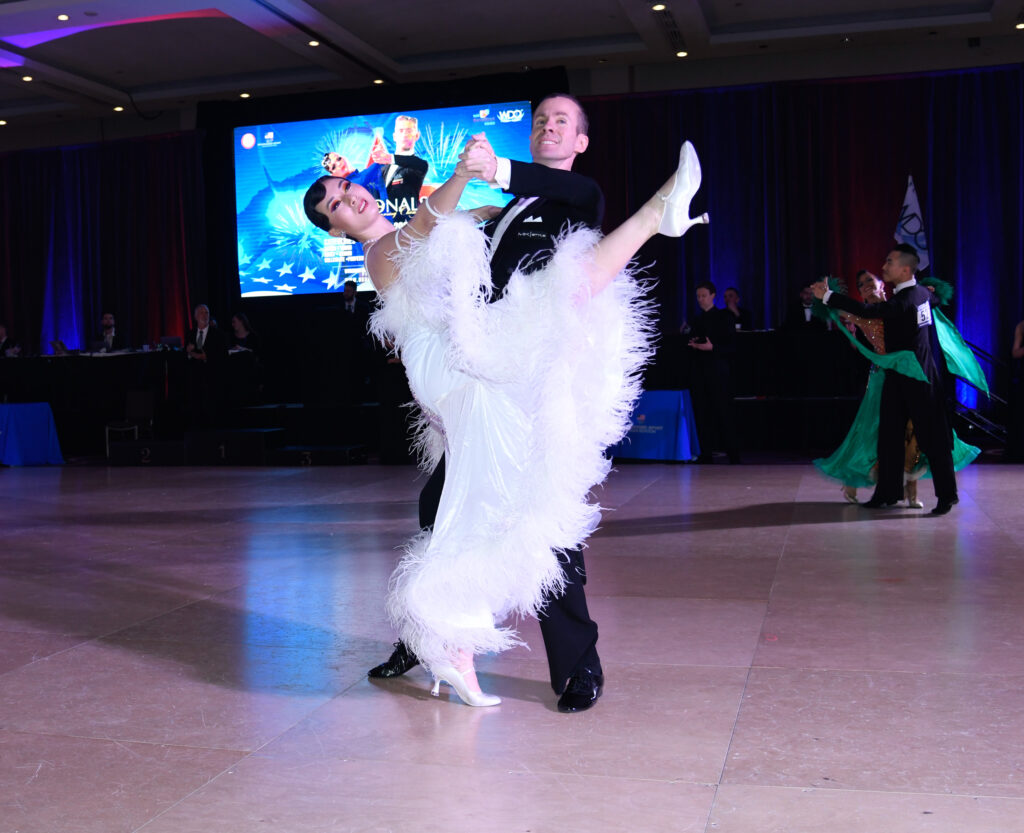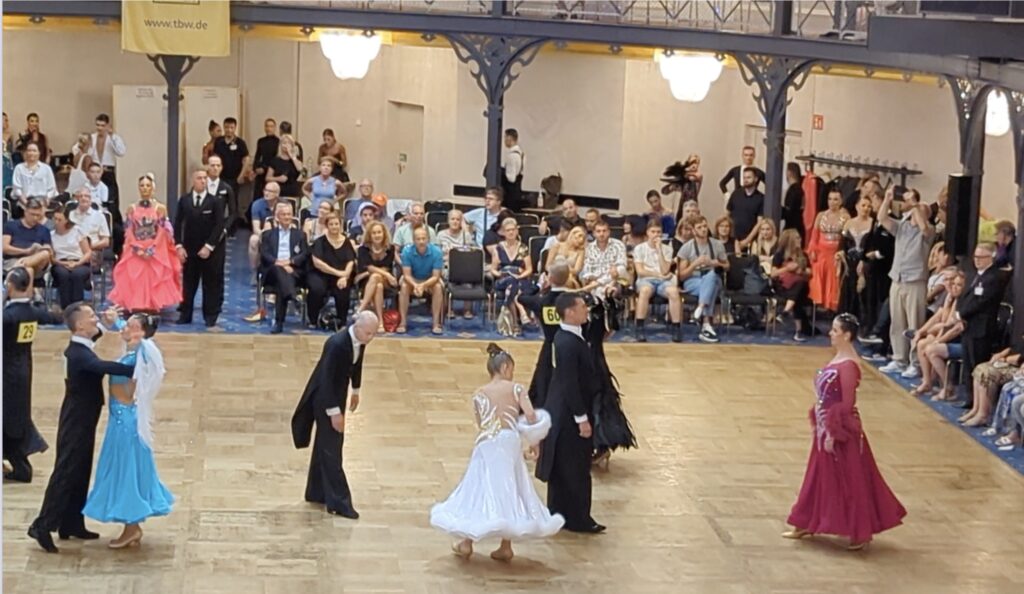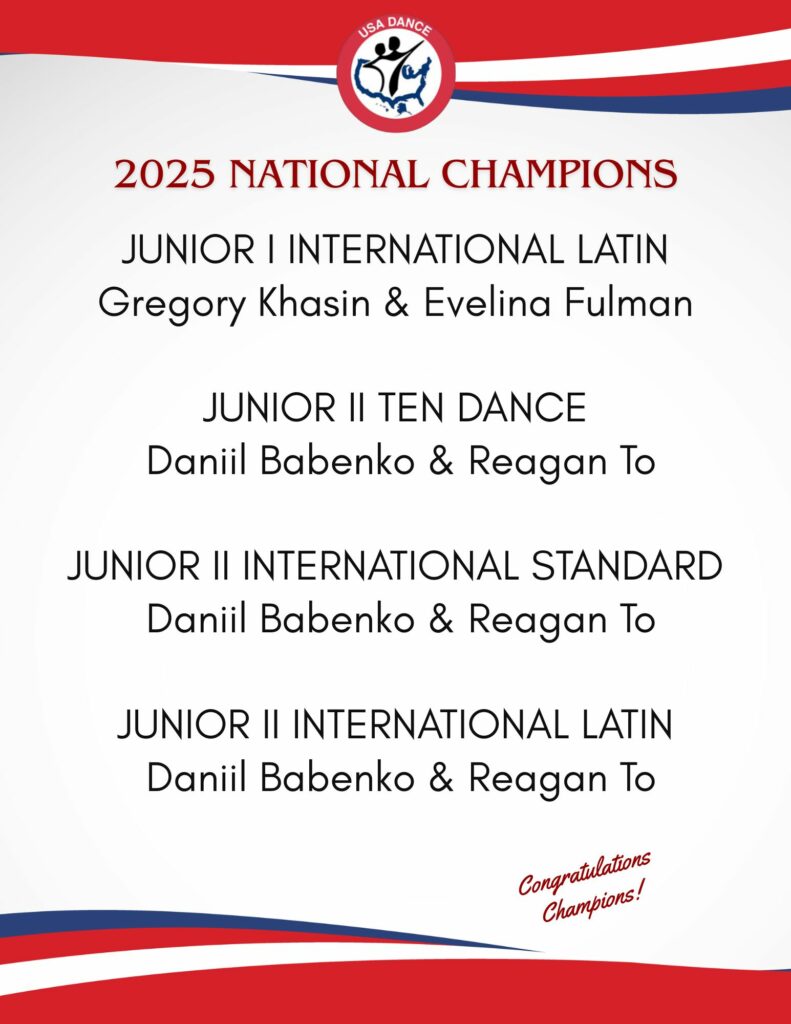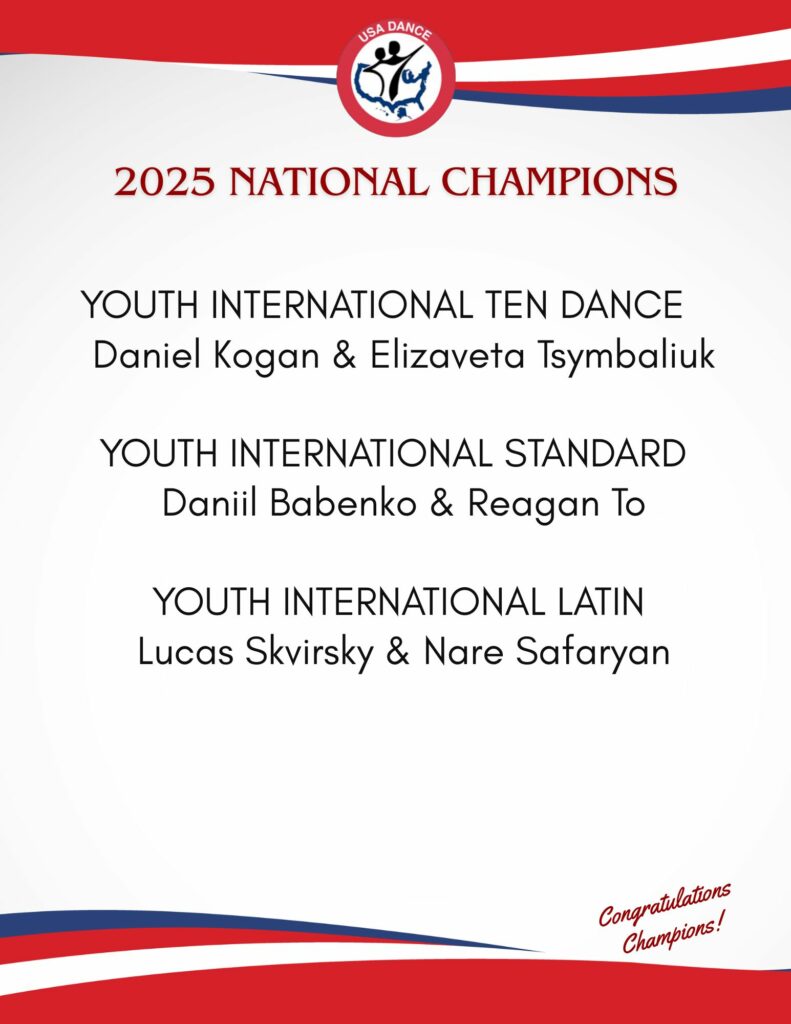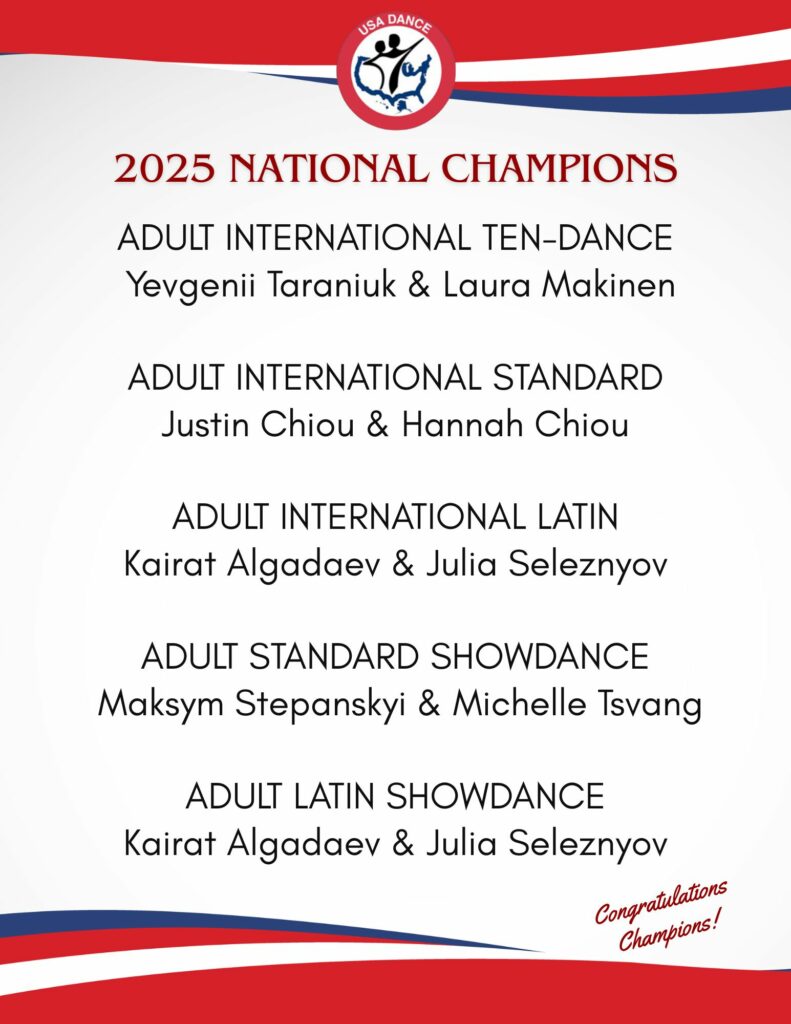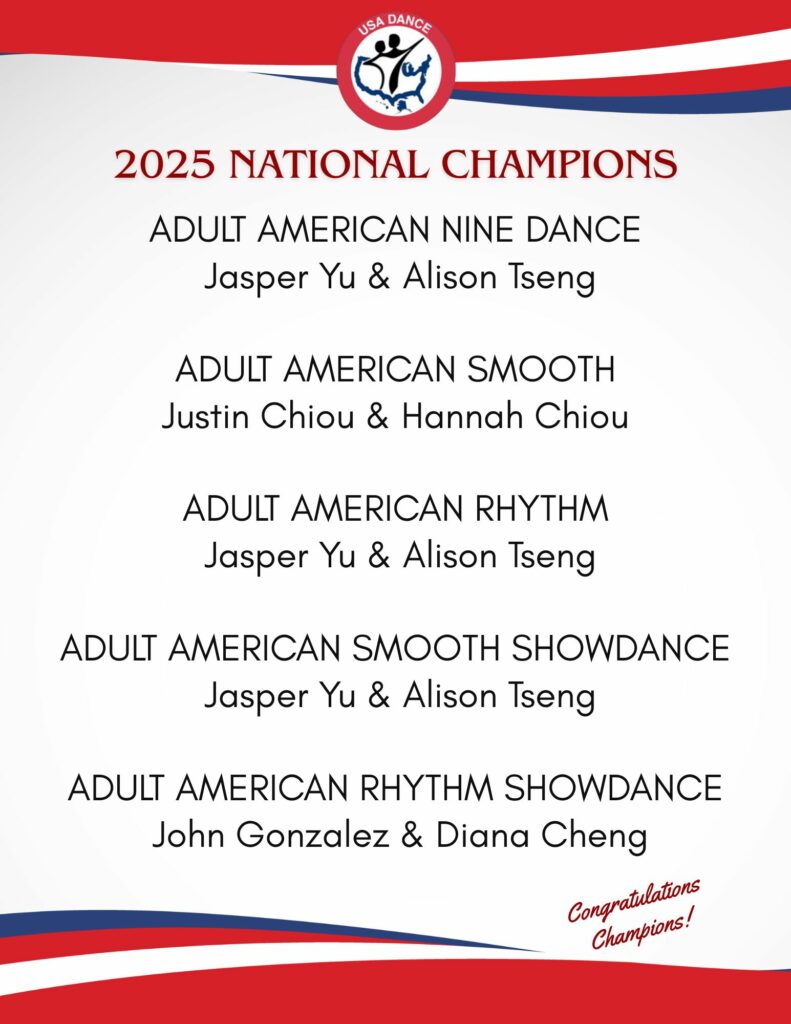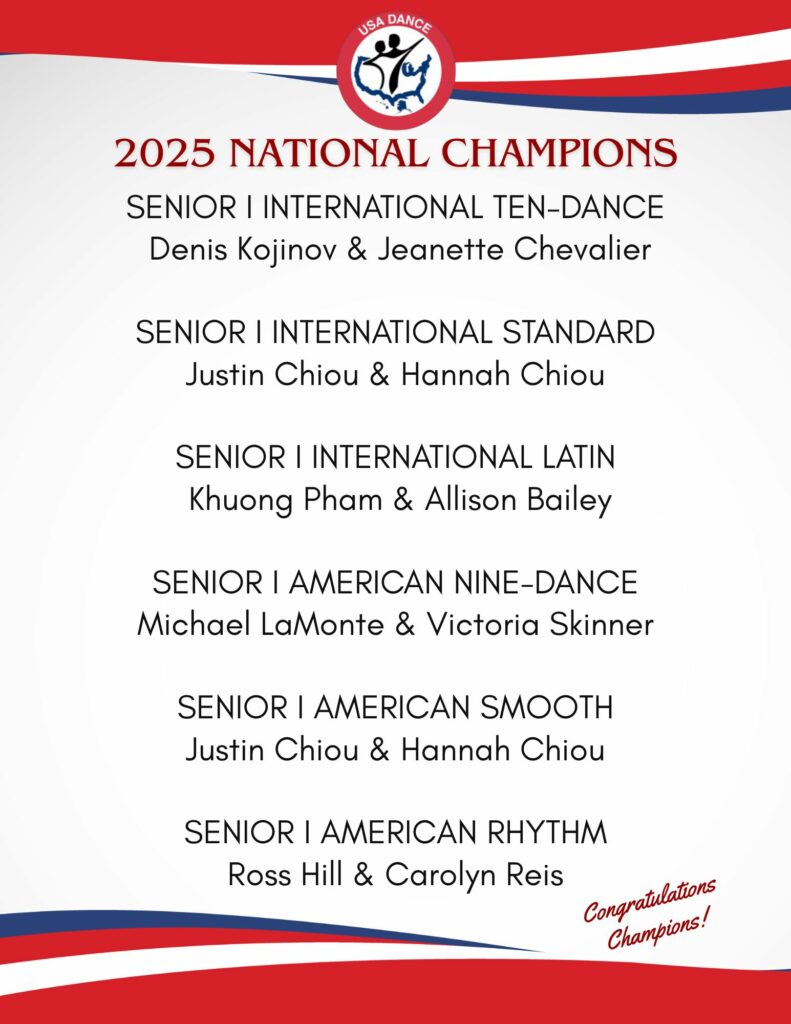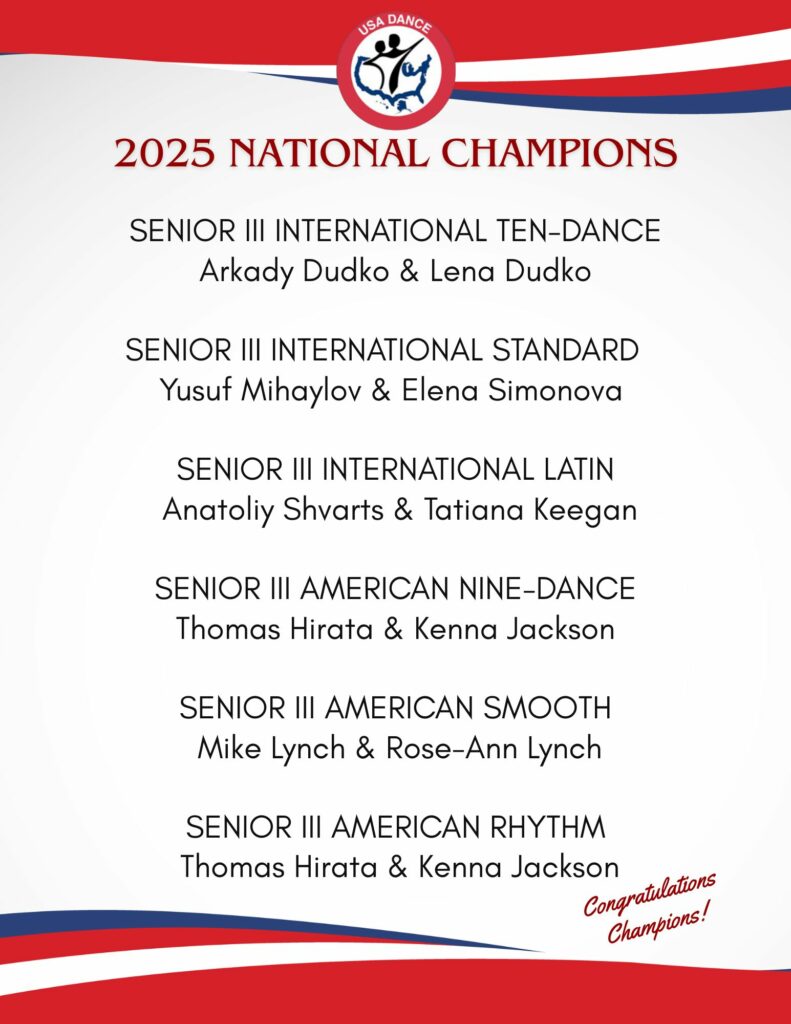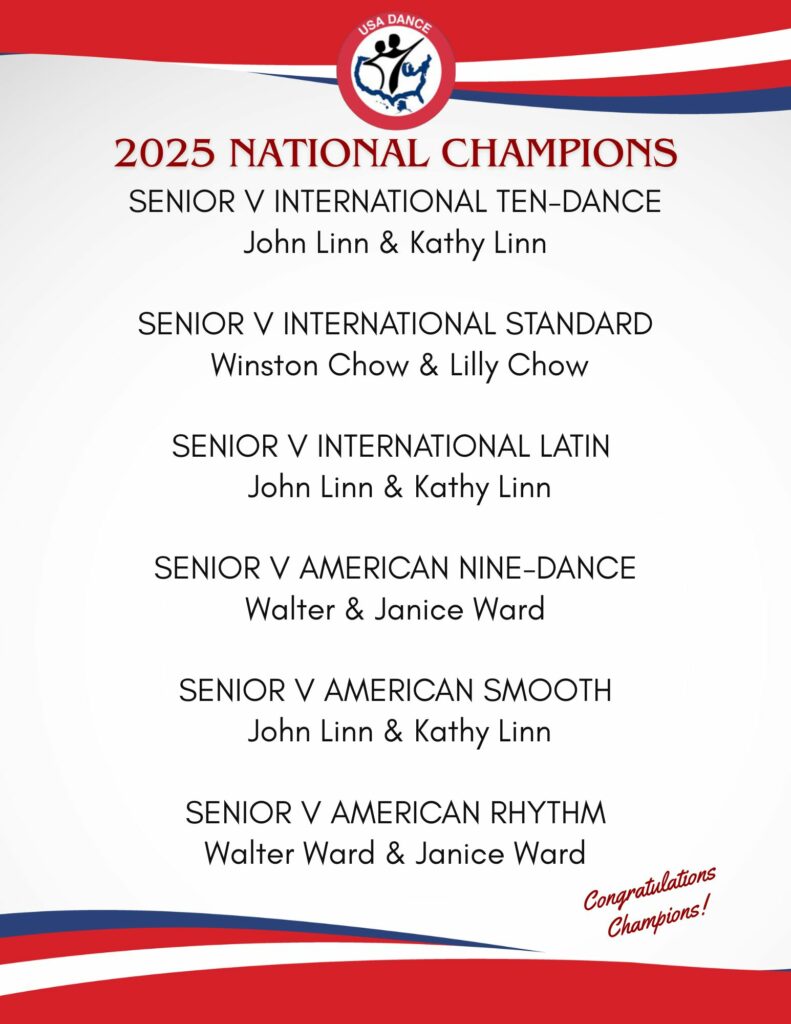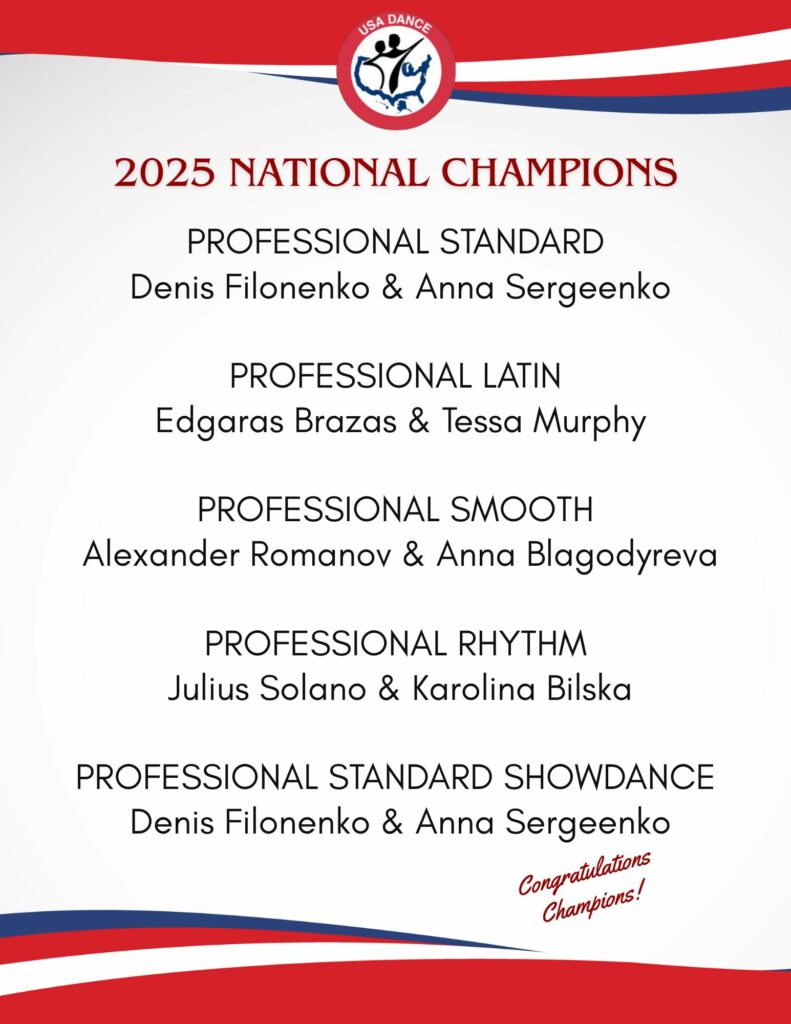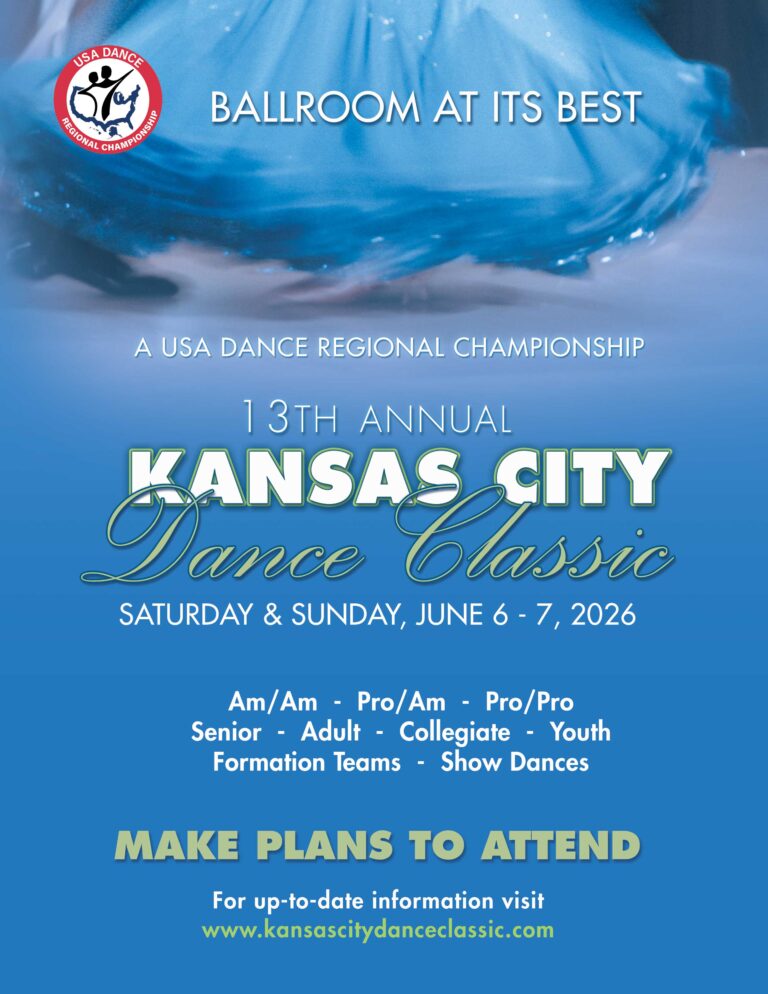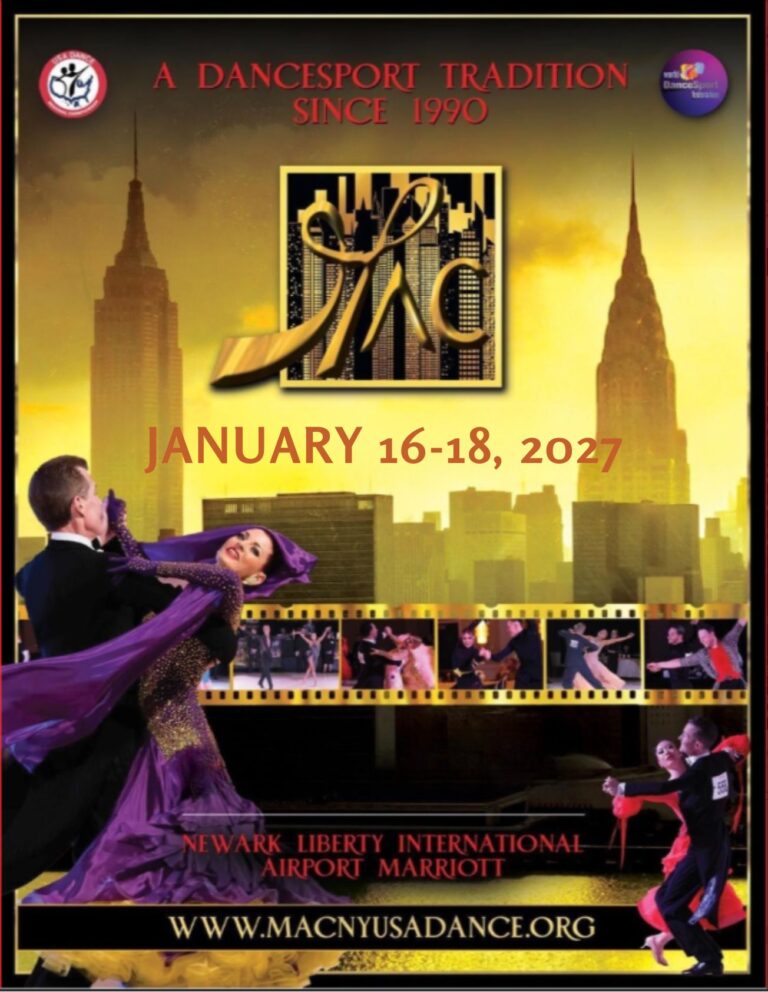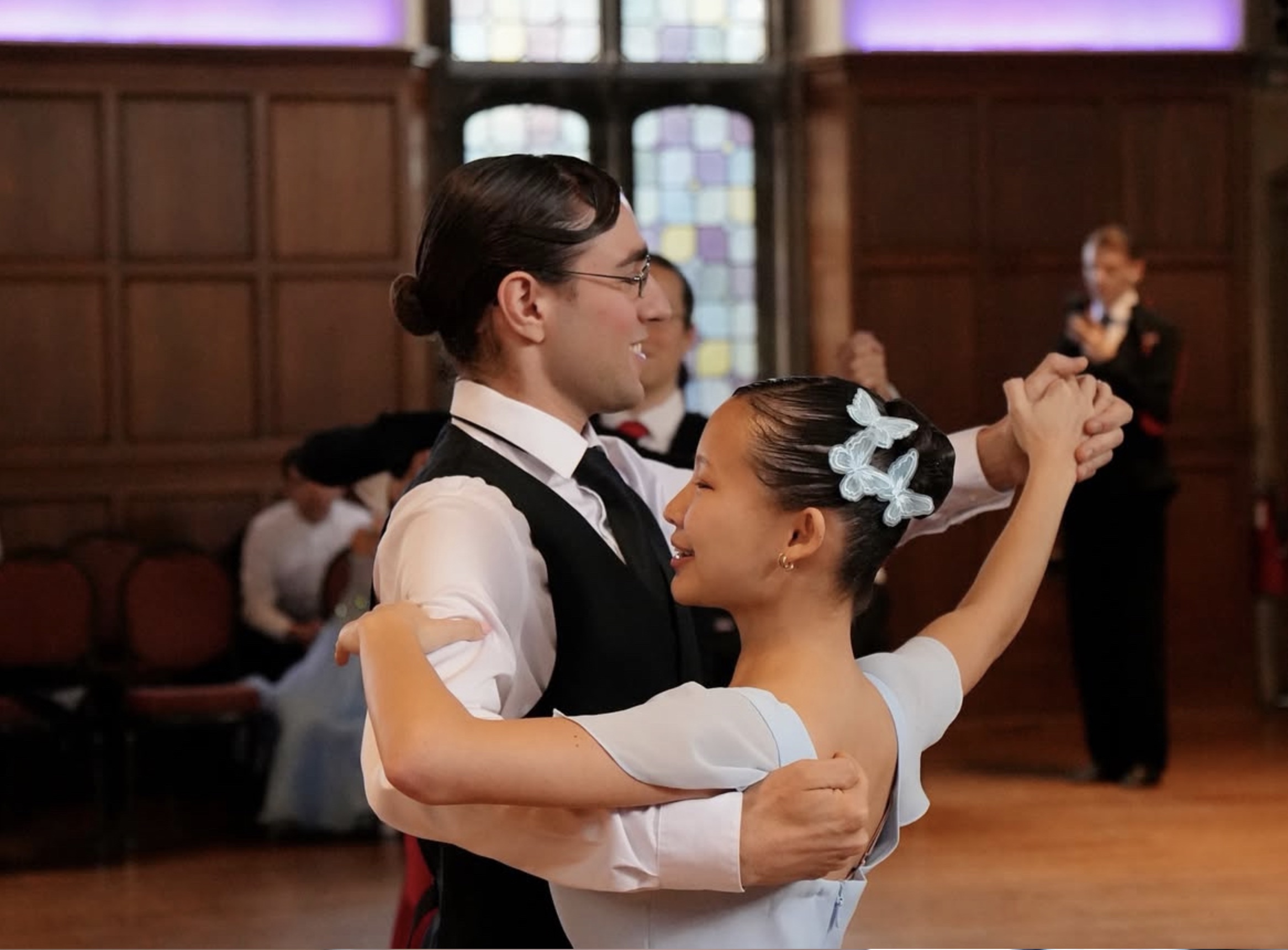What was that song that made you ask, “Wait…What? I don’t hear it!!!” It’s happened to all of us probably more than once. Perhaps it was a social dance when they announced, “a Rumba” and you couldn’t hear a Rumba. Perhaps it was at a lesson, when your teacher so sweetly reminded you, “You’re not in the beat!” And you were thinking, “What beat?” Perhaps it was one of those special songs with an excruciatingly long introduction, and you thought, “I know it is going to do something…I’ve been standing her for at least a minute…It is going to start…I think…maybe…please???

This happens to everyone on the dance floor: Social Dancer to Competitor, Amateur to Professional, Latin to Standard, Rhythm to…you get the idea. So, what do you do? There are different answers to this question. If you are on the floor with a Professional, the answer is easy — look at your Pro and do what they do. That’s why you pay them the big bucks. If you don’t have that luxury, you still have options. If you are the Follower, look at the Leader and hope for the best. If you are the Leader, it is on you. You can stand smartly and wait. You can move intelligently to what you hear until the song kicks in. You can tie your shoes. Or, you can just start dancing and hope you catch it when it comes. What do you think?
The real question is, why does it happen? As someone who has studied vocal performance, I can answer this question. Music is generally not composed and performed for the purpose of dancing to it. In my over 30 years of voice instruction, I’ve worked on range, clarity, breath control, quality, runs, expression, and more. No one ever suggested practicing singing in a strict tempo. Music naturally breathes, flows, and fluctuates, and performers take all kinds of liberties. Just listen to our National Anthem at a professional sporting event; it has been so distorted that you might not even recognize it.
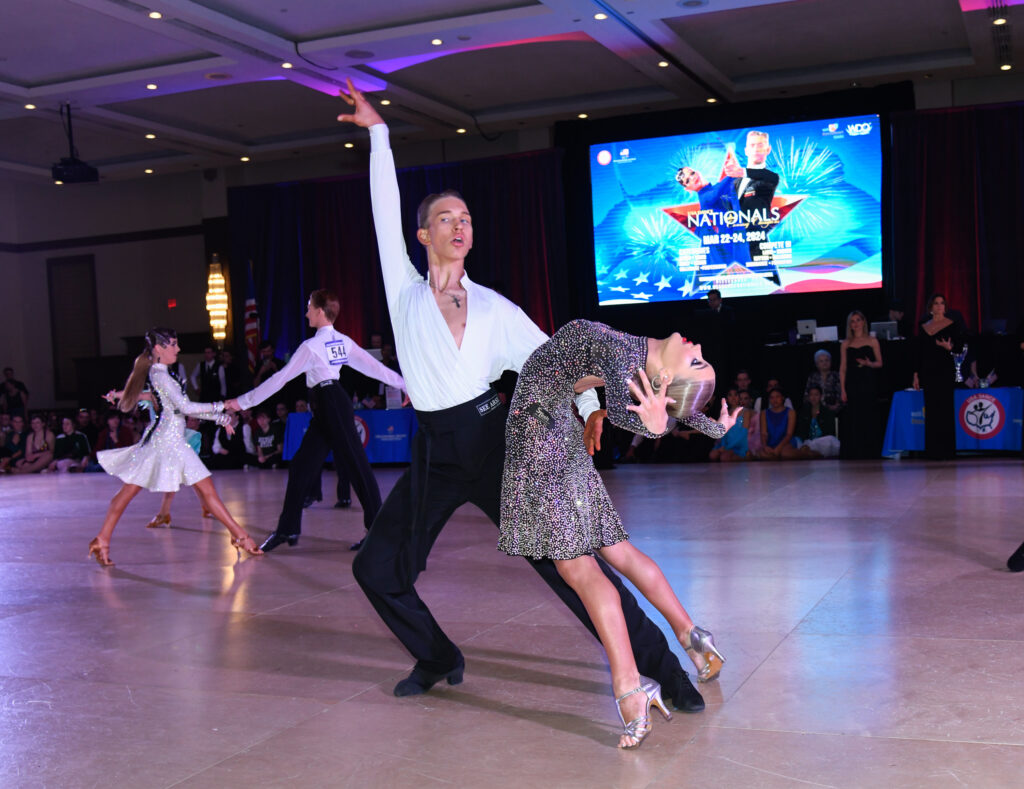
So why do dancers think they are entitled to strict-rhythm songs when they dance? Unless we are in a competition, we don’t! We enjoy what is playing. However, we do realize that some songs are easier to dance to than others because they make you feel more comfortable on the dance floor. For this reason, sometimes we choose strictly timed remakes over originals. Don’t deny it! It’s true!
We’ve all heard Etta James’ “At Last.” It’s a classic that happens to be a Viennese Waltz. Yet at a dance, unless it was playing at your high school prom in the 60s and 70s, you don’t want to hear it. You prefer to hear the newer Glee version. Better yet, maybe we should leave “At Last” for listening to with a nice glass of red wine. It’s a tough song to dance to.
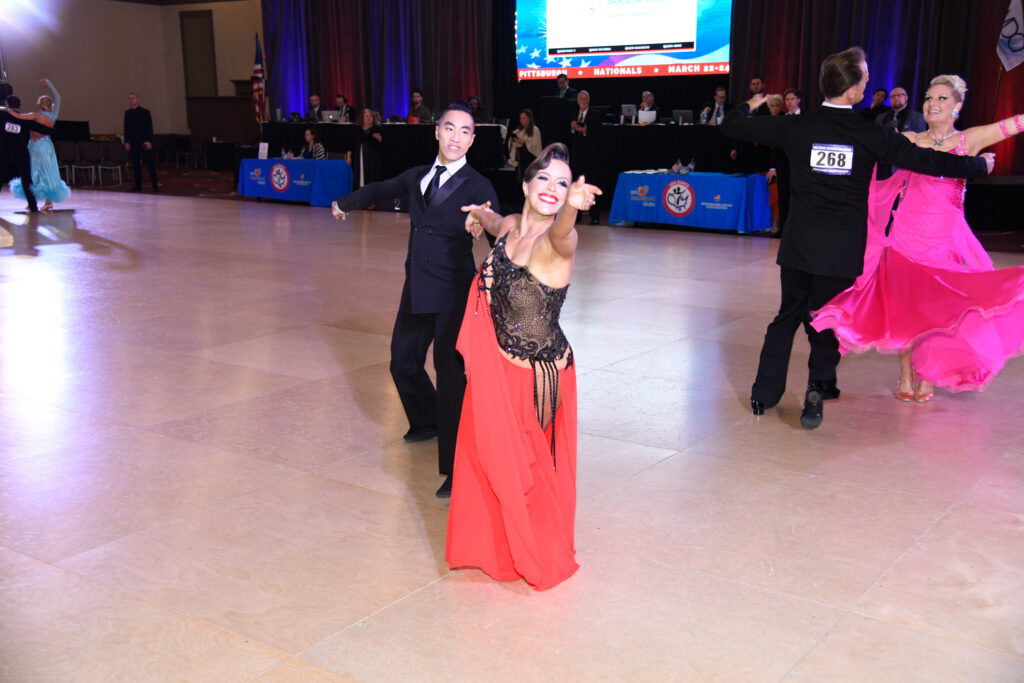
My husband Mike and I have been competing with USA Dance since 2009, but I remember, like it was yesterday, when the entire competition floor was stumped. It was at Chicago years ago during a Senior II Standard Championship semi-final. The dance was Waltz, and beloved DJ Peter Collins introduced us all to “Conquest of Paradise.” We all walked onto the floor, having been selected from the quarter-final, and were ready to go. The music started with drums and then humming, and we all stood there in our beautiful attire, trying to smile. It kept going, and a few brave souls took off. The rest of the guys were asking partners for the downbeat on “1”, and the girls were thinking, “How the heck should I know!” As the song went on, most of us eventually caught it, but the damage was done. Concentration disintegrated, steps were forgotten, partners quarreled, and the happy factor was gone. We all finished the round and came off the floor chattering… “What was that? Paso Doble Waltz? Bolero Waltz? Tango Waltz? What was it?”
The judges somehow made their choices and six couples progressed to the next round. But Peter Collins wasn’t done. He had one more doozy in his kit bag. We took to the floor and out came “Coney Island.” Have you ever heard this Waltz? It’s a beautiful piece of music, but it is anything but clear. It has a “1,” but forget about the rest. Well, when we left the floor after that round, the chatter was going. “What was that?”
After something like that, for me, there is only one thing to do. I buy the music and make us dance a showcase to it. (By the way, this is a great way to learn a piece of music, but it isn’t necessarily good for a relationship.) We did that to “Conquest of Paradise,” and it was a nice showcase, but afterward, some audience members asked if it was really a Waltz. Interestingly, the audience wants to be comfortable, too. As for “Coney Island,” I took the dance CD to an orchestra leader friend and asked him if the song labeled Waltz was indeed a Waltz. He listened to it, was a little perplexed, and declared it a fast Viennese Waltz (kinda). Either way, it was confusing, and we abandoned the showcase idea for that one. We did, however, practice to it, focusing on the “1” while imagining New York’s Coney Island Ferris wheel unevenly going around in circles. The song is gorgeous. Perhaps a glass of wine will help that one, too.
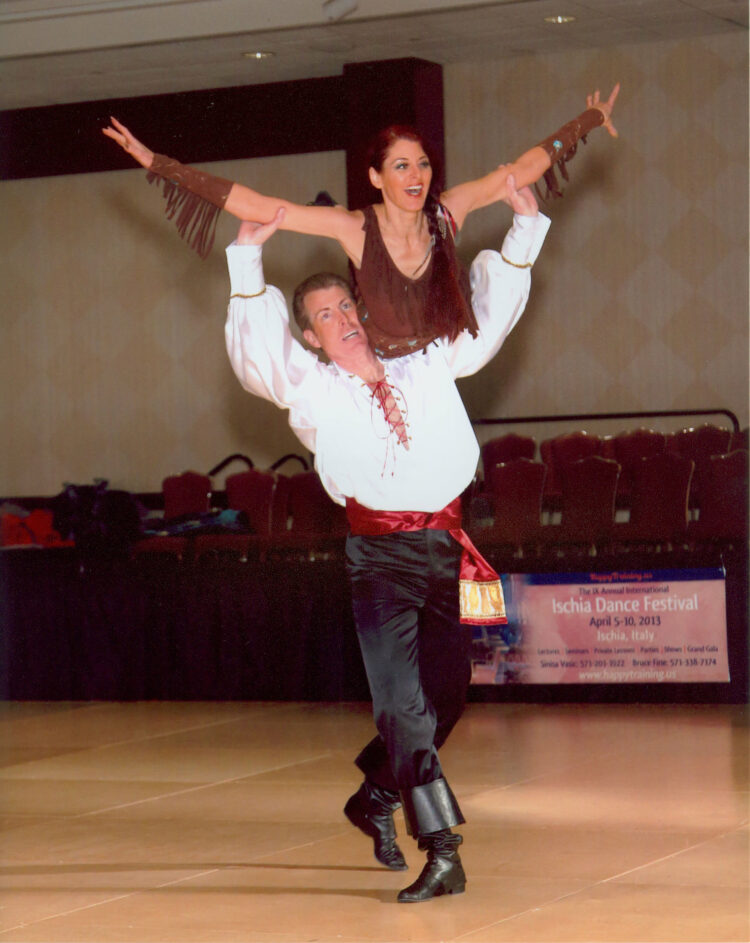
What kind of music should we dance to? If you are competing in a USA Dance competition, the songs are set to strict timing, and the beats per measure (BPMs) are set for each kind of dance. Sometimes this is even done to the detriment of the song. Have you ever heard the “Darth Vader” Quickstep? What were they thinking? Or the “Spiderman Theme” skewed into a Quickstep, Foxtrot, and Tango – Oh yes, there was a DJ who played them all in one round. Ugh, I deleted all three from my playlist when I got home from that competition.
For Social dancing, there are fewer restrictions – a Waltz can be fast or slow, but will be in ¾ time, the same is true for a Tango only it is in 4/4 time, a Cha Cha is also in 4/4, etc. In fact, a dancer may easily decide to dance a Cha Cha to a Tango or a Hustle, a Jive to a Quickstep, or a slow Rumba to a Bolero. It is a matter of preference and skill. Still, there seems to be an ideal beat for each dance, and that comfortable factor does play a part, so sometimes, you hear strict-timing music at Social dances.
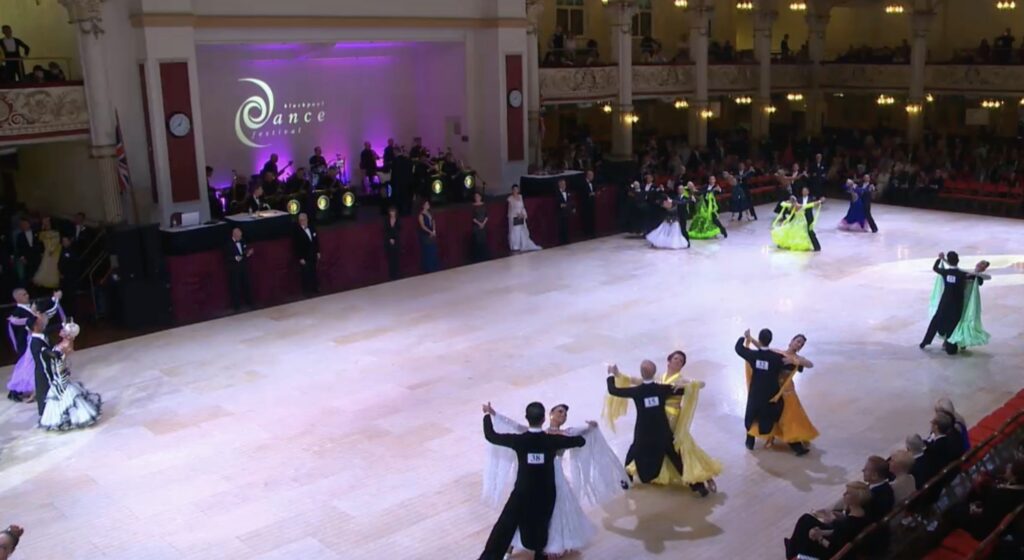
This leads to questions recently raised about the music at competitions. Should the music be limited to a particular type? For example, should we only play music by the Empress Orchestra at the Blackpool Dance Festival? Arguments are compelling. This music is extremely predictable, so dancers know what is coming and can show what they really can do. On the other hand, some people say Blackpool music is “boring” and would make a competition less enjoyable. (I personally love Blackpool music.) Another thought is that the World DanceSport Federation doesn’t limit the music to Blackpool music, so why needlessly place this limitation on USA Dance competitions? One final thought, the Empress Orchestra plays Standard and Latin music. What about Rhythm and Smooth? Somehow, I don’t think this is going to change anytime soon.
So where does that leave us? It leaves us at the mercy of the DJ. At a Social Dance, that is a wonderful volunteer with a lot of fun music that they are willing to organize and share. Thank you to that person!
At a competition, it is hopefully an experienced, proven, educated, and certified DJ who understands the dances, styles, music, beats, and genres; who considers the dancers’ levels, ages, and capabilities; and fully comprehends and follows the organization’s rules and regulations. Because next to the dance floor at a ballroom competition, the most important thing is the music. Music Matters!!

Difficult to Dance to Song List
If you truly want to practice to complex music that might be played at a Social Dance or Competition, here is your chance. Better yet, do you have a quick vignette about a song that stumped you? Send your name, the name of the song (with the version), and your vignette to americandancer@usadance.org. We will print submissions received before November 1.
I offer the following thoughts to start you off:
Coney Island by John Barry – The Ultimate Ballroom Album 15 — this one is hard.
Conquest of Paradise by Vangelis – The Ultimate Ballroom Album 13 — this one you can get used to.
David of the White Rock – Ballroom Miracles — It’s lovely; we danced it for a Christmas showcase, but our audience didn’t get it.
Once Upon A Dream by Michelle Pfeifer — I can only say that it sounded so much prettier in the cartoon. When they play it at competitions, I sing in Mike’s ear so he doesn’t have to listen to it.
The Last Waltz by Engelbert Humperdink — Everyone plays it as a Waltz. Is it really a fast Waltz or is it a slow Viennese??
Almost like Being In Love — We all love Nat King Cole, but this Quickstep is tricky.
Beauty and the Beast Waltz — Sorry, it is not a Waltz, it’s written in 4/4 time. Foxtrot…maybe, but not a Waltz.
